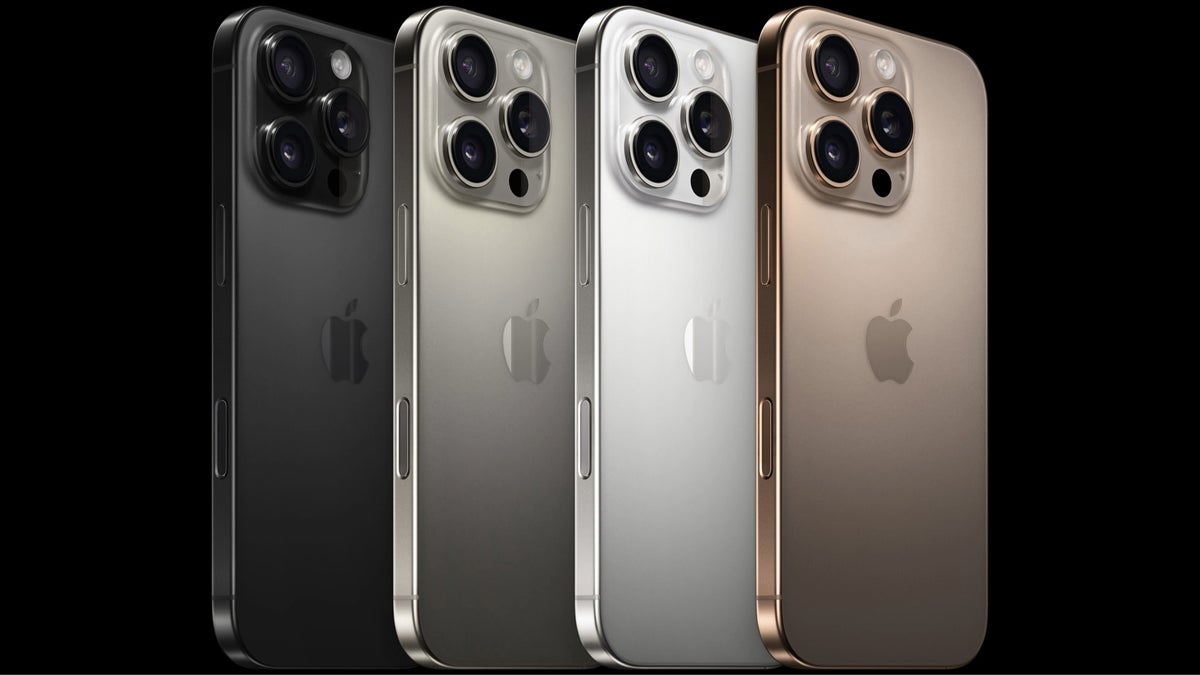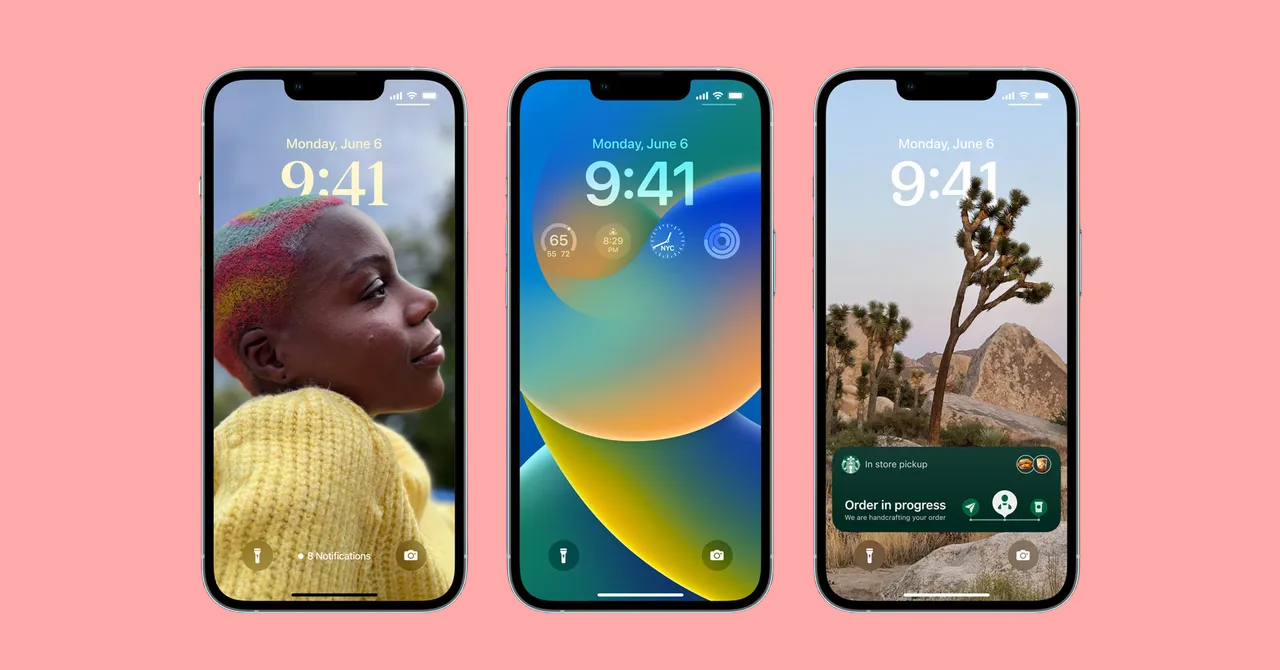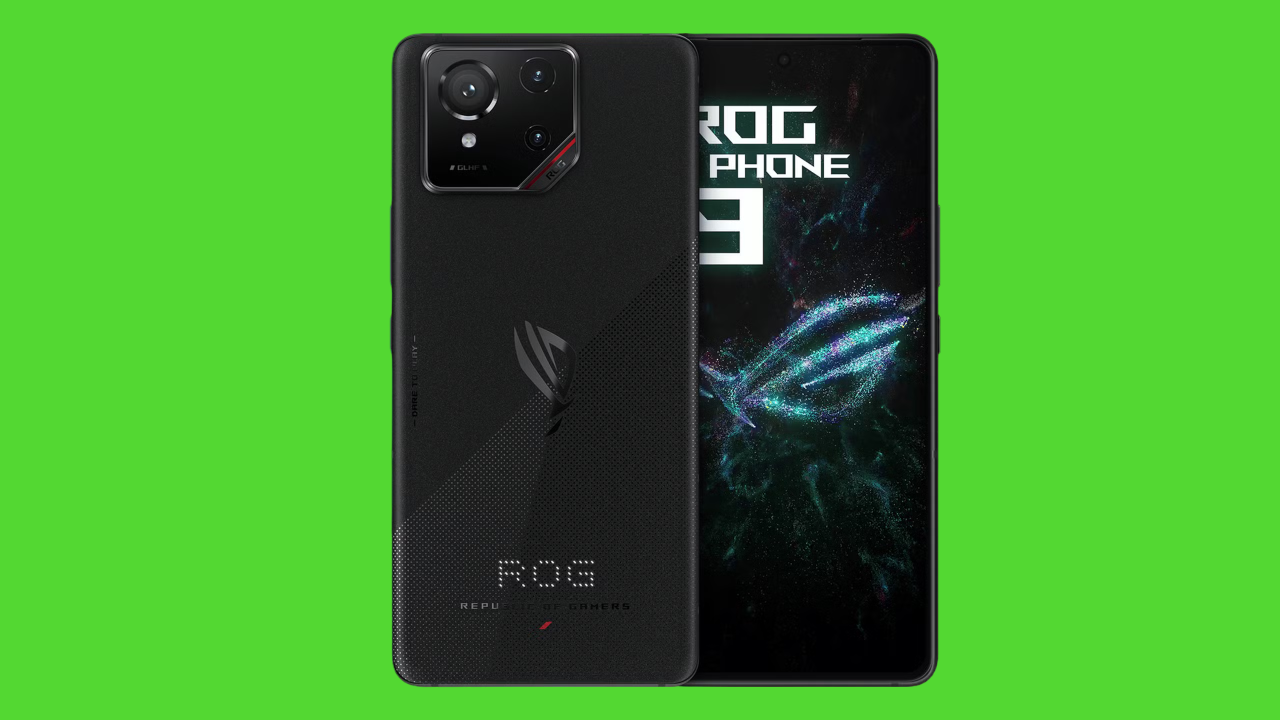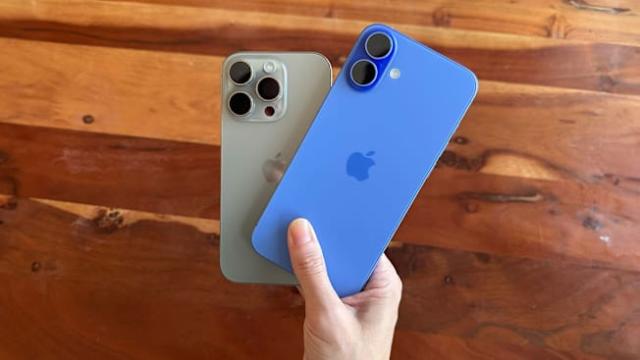The iPhone 16 brings notable advancements in its Face ID technology and security features. Face ID, first introduced in the iPhone X, has set a high standard for biometric security on smartphones. With each iteration, Apple has made improvements, and the iPhone 16 is no exception. But what exactly has changed in the iPhone 16’s Face ID, and how does it enhance security for users?
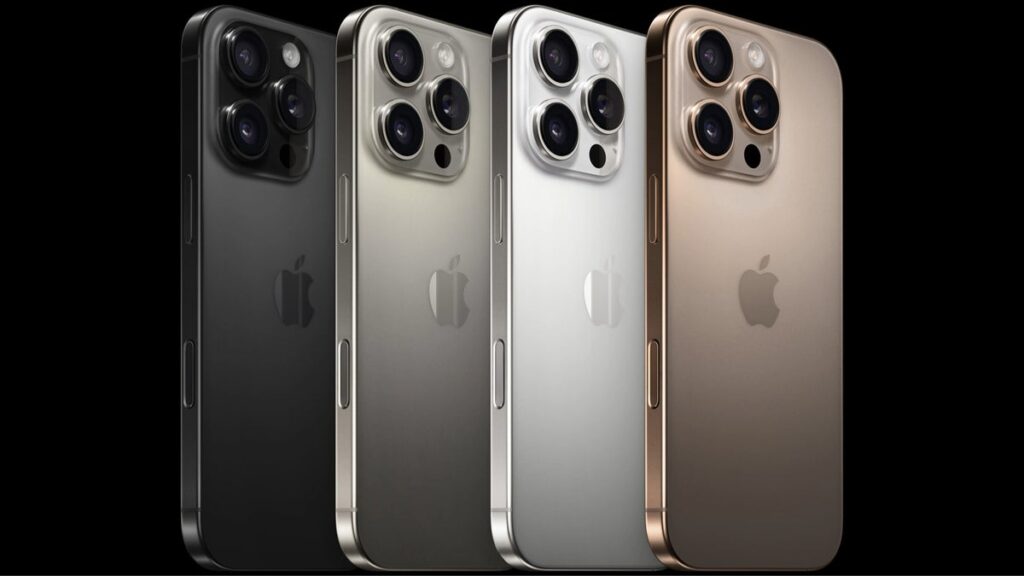
In this review, we will explore the new features of the iPhone 16’s Face ID and analyze its security. We’ll dive deep into how these changes impact daily usage, from unlocking the phone to secure transactions. We will also examine how Apple continues to balance convenience and privacy, ensuring that your data remains safe and accessible only to you. By the end of this article, you’ll have a clear understanding of the iPhone 16’s security enhancements and whether they make this device a worthy upgrade.
Read Also:
- Photography Tips for the iPhone 16: Making the Most of the 48-Megapixel Camera
- iPhone 16 Display Review: How Does the New Dynamic Refresh Rate Perform?
- iPhone 16 Durability Test: How Tough Is the New Design?
- iPhone 16 Audio and Speaker Test: Is It the Best Sound Yet?
- Best iPhone 16 Camera Apps to Enhance Your Photography
- iPhone 16 Face ID and Security Review: What’s New and How Secure Is It?
- iPhone 16 Pro Max vs. iPhone 16 Plus: Finding the Perfect Size for You
- iPhone 16 Connectivity: How Does 5G, Wi-Fi 6E, and Satellite Connectivity Perform?
- iPhone 16 Software Integration: How Well Does iOS 18 Work with Other Apple Devices?
- iPhone 16 Gaming Review: Does the A18 Chip Redefine Mobile Gaming?
Enhanced Face ID Technology: Faster and More Reliable
Apple has significantly improved Face ID in the iPhone 16, making it faster, more reliable, and more secure than its predecessors. The iPhone 16’s Face ID now works seamlessly even in diverse lighting conditions, offering a superior user experience.
Improved Sensor Array
The iPhone 16 features an upgraded sensor array, which is the backbone of the enhanced Face ID technology. This new sensor array includes a more advanced TrueDepth camera system that captures more intricate details of a user’s face. This system can map the user’s face more accurately, recognizing even subtle changes. The sensor can distinguish between identical twins and can work with various facial accessories, like glasses or face masks. This level of precision makes it difficult for someone to bypass the system with a photo or a mask.
Faster Recognition with Neural Engine
The iPhone 16 incorporates the latest Neural Engine, a crucial component in improving the speed and accuracy of Face ID. This powerful chip allows the phone to process facial data more quickly and adapt to changes in the user’s appearance over time. For example, if you grow a beard or start wearing different styles of makeup, Face ID learns and adapts without needing to re-register your face. This advancement makes the unlock process almost instantaneous, reducing the frustration of failed recognition attempts.
Wide-Angle and Low-Light Improvements
One of the most significant enhancements is the improved wide-angle and low-light performance. The Face ID system on the iPhone 16 is designed to recognize your face from a wider range of angles, allowing you to unlock your phone more conveniently, even when it’s lying flat on a table. Additionally, the system now performs exceptionally well in low-light conditions, thanks to an enhanced infrared sensor. This means you can unlock your phone effortlessly, whether you’re in a dimly lit room or under bright sunlight.
Face ID Security: How Safe Is Your Data?
Security has always been at the forefront of Apple’s biometric technology. The iPhone 16’s Face ID incorporates multiple layers of security, ensuring that your data is protected against potential breaches and unauthorized access.
Encrypted Facial Data
All facial data used for Face ID is encrypted and stored securely on the device itself within the Secure Enclave. This is a dedicated, isolated section of the iPhone’s chip designed to keep sensitive data safe. Even if someone gains physical access to your phone, they cannot retrieve the facial data stored within the Secure Enclave. This encryption means that even Apple cannot access this data, ensuring that your privacy is fully protected.
Anti-Spoofing Measures
The iPhone 16’s Face ID uses advanced anti-spoofing measures to prevent unauthorized access. It can detect attempts to unlock the phone using photos, masks, or other replication techniques. The TrueDepth camera system projects thousands of invisible dots onto your face to create a detailed depth map, which is nearly impossible to replicate with a flat image or 3D mask. Furthermore, Face ID requires the user’s attention for the phone to unlock, meaning that you must be looking at the phone with your eyes open. This prevents others from unlocking your device without your consent, even if they have access to your phone.
Biometric Security and App Integration
Face ID on the iPhone 16 goes beyond just unlocking your device. It integrates with various apps and services, allowing for secure authentication in banking apps, password managers, and even for completing purchases using Apple Pay. This integration ensures that sensitive actions, like financial transactions, are protected by the same robust facial recognition technology. The system also employs differential privacy techniques, meaning that while Face ID adapts to your changing appearance, it does so without compromising your data’s security.
Convenience vs. Security: Striking the Right Balance
Apple continues to focus on balancing convenience and security with Face ID. The iPhone 16 is designed to make your life easier without sacrificing the safety of your personal information.
Hands-Free Security
One of the primary conveniences of Face ID is its hands-free nature. Unlike fingerprint sensors, which require physical interaction, Face ID allows you to unlock your phone just by looking at it. This feature is especially useful in situations where your hands are occupied or when you’re wearing gloves. Despite this convenience, the system remains secure. The combination of hardware and software ensures that the facial recognition process is both fast and accurate without compromising security.
Ease of Use in Various Scenarios
The enhanced Face ID in the iPhone 16 is designed to work seamlessly across various scenarios. For example, if you’re wearing a mask, the system can still recognize the areas around your eyes and adapt accordingly. Additionally, the wide-angle capabilities mean that you don’t have to position your phone directly in front of your face, making it easier to unlock in casual settings. This blend of convenience and security makes Face ID on the iPhone 16 a more versatile and user-friendly feature compared to previous models.
Comparing Face ID with Touch ID and Other Biometric Systems
Face ID has been compared to Touch ID and other biometric systems used by competitors. The iPhone 16’s Face ID stands out due to its advanced technology and seamless integration into the Apple ecosystem.
Face ID vs. Touch ID
Touch ID was the standard for iPhones before the advent of Face ID. While Touch ID is known for its speed and convenience, it has limitations in terms of security. For example, it can sometimes be bypassed with high-quality fingerprints or if the sensor is compromised. Face ID, on the other hand, offers a higher level of security through its use of facial mapping and anti-spoofing measures. The iPhone 16 takes this security to the next level with its improved sensors and neural engine, making it not only faster but also more secure than Touch ID.
Face ID Compared to Competitors
Compared to facial recognition systems on other smartphones, the iPhone 16’s Face ID is superior in terms of security and functionality. Many competitors rely on less sophisticated facial recognition methods that can be fooled by photos or masks. The iPhone 16’s system, however, uses 3D facial mapping and infrared sensors, making it far more resistant to spoofing. Additionally, Apple’s strict privacy policies mean that your facial data is not shared with third parties, which is not always the case with other manufacturers.
Practical Uses of Face ID on iPhone 16
Face ID is not just about unlocking your phone; it offers a range of practical uses that enhance security and convenience across various applications.
Secure Payments and Authentication
One of the most practical uses of Face ID is for making secure payments through Apple Pay. With the iPhone 16, this process is even faster and more secure. When making a payment, Face ID quickly authenticates the user, ensuring that only the rightful owner of the device can authorize transactions. This security extends to other apps that use Face ID for authentication, such as banking apps and password managers.
Enhanced Privacy Controls
Apple has introduced new privacy controls with the iPhone 16, allowing users to use Face ID for additional privacy settings. For instance, users can set up Face ID to require authentication for accessing specific apps or for viewing notifications on the lock screen. This level of control allows users to customize their security settings, ensuring that their data remains protected at all times.
Conclusion
The iPhone 16’s Face ID represents a significant step forward in biometric security. With its enhanced sensor array, faster neural engine, and advanced anti-spoofing measures, it offers a more secure and convenient user experience. Whether you’re using it to unlock your phone, make secure payments, or access sensitive apps, Face ID on the iPhone 16 provides a level of security that few competitors can match.
In a world where digital privacy is increasingly important, the iPhone 16’s Face ID balances convenience and security, making it an appealing choice for those looking for a robust biometric authentication system. For more insights on the iPhone 16 and its features, you can check out the top 10 hidden features or learn more about its battery life.

